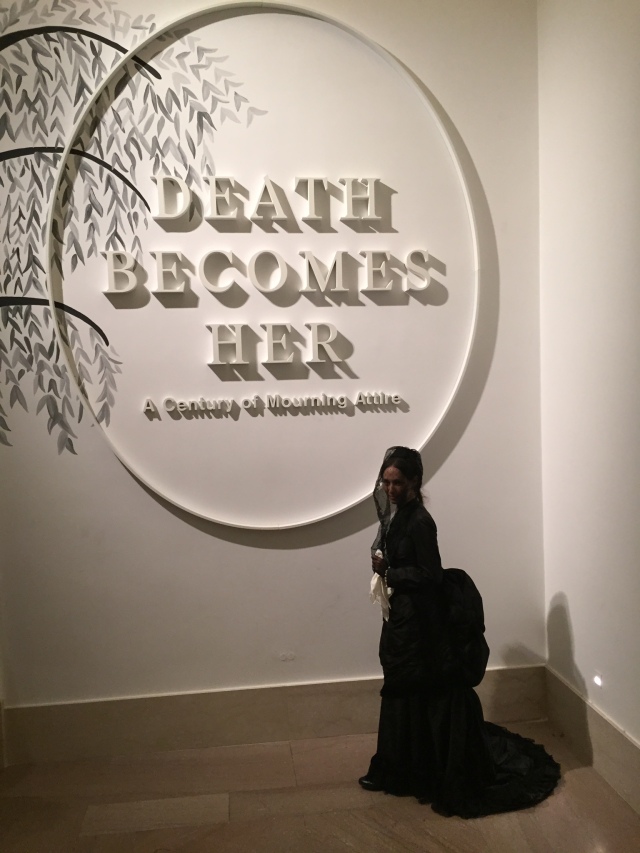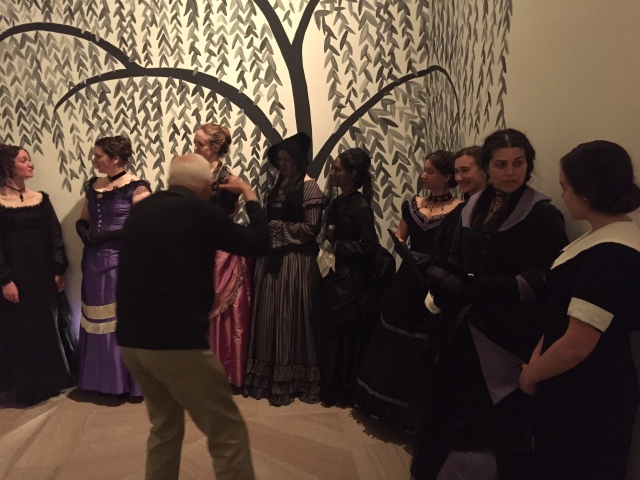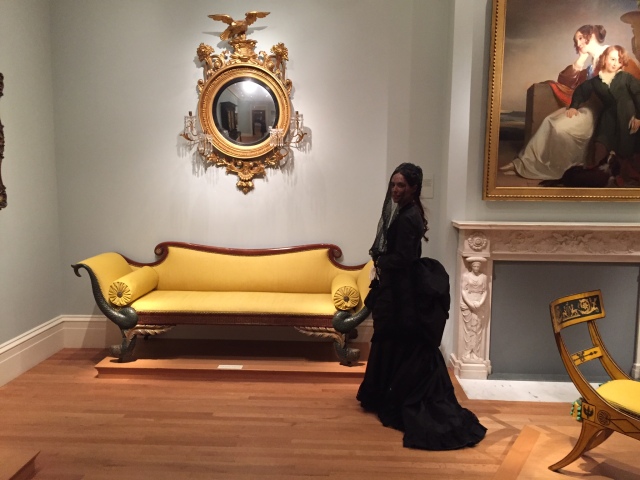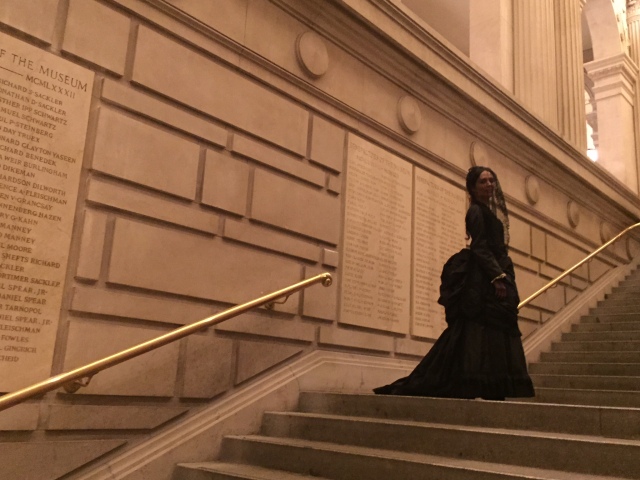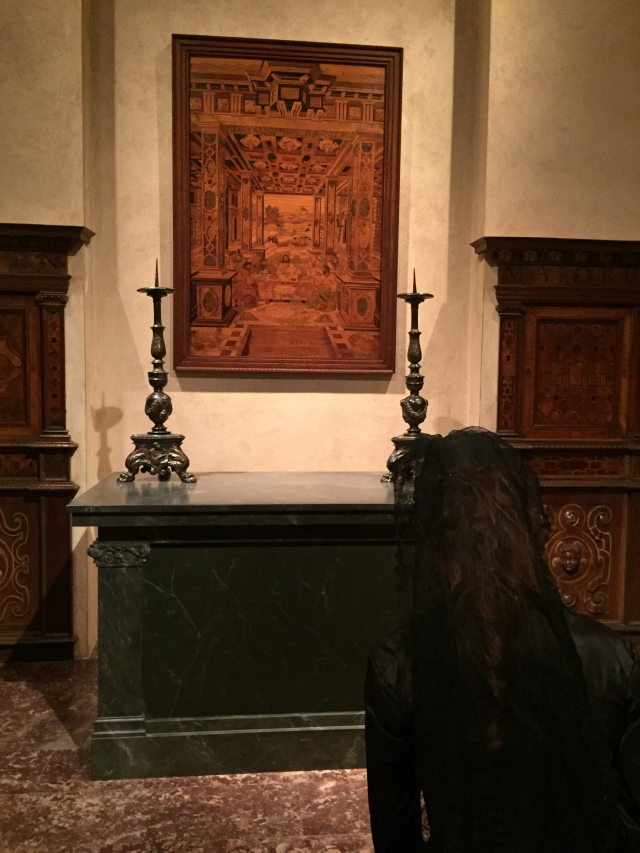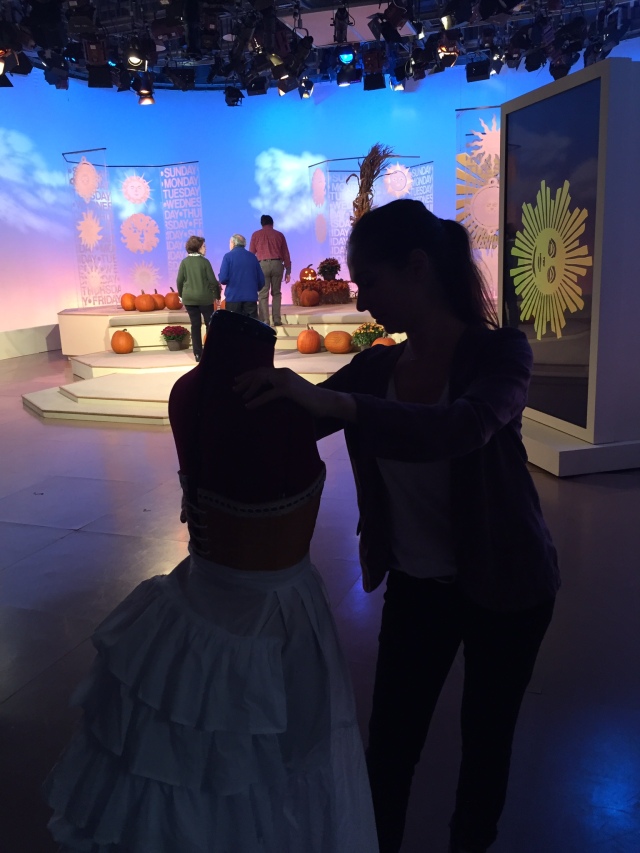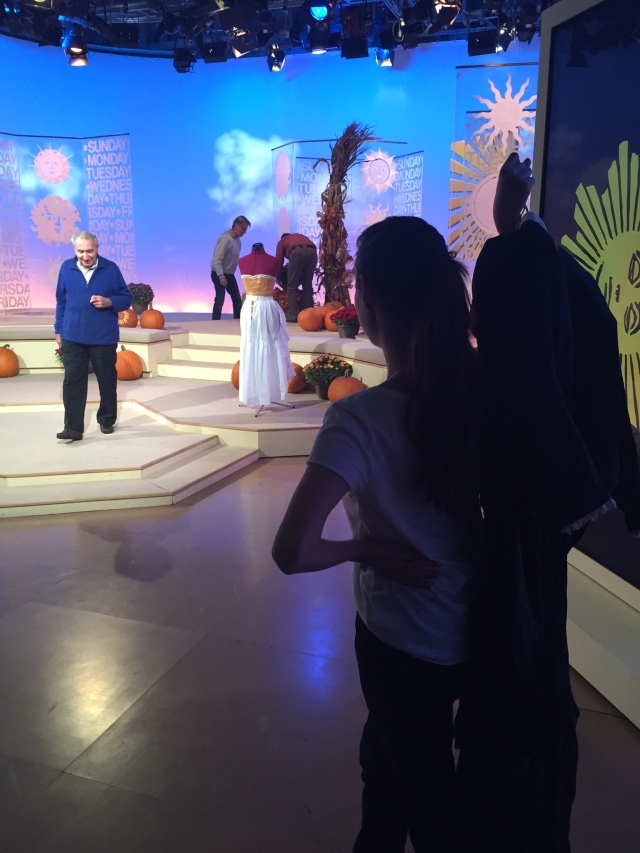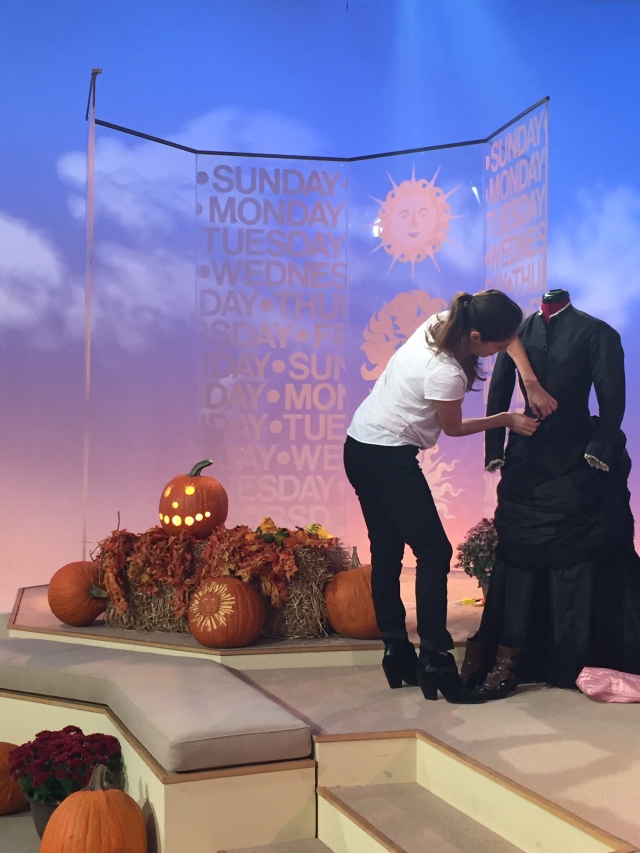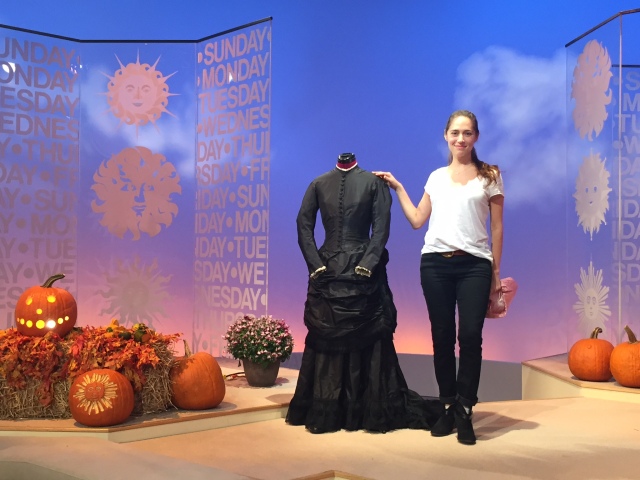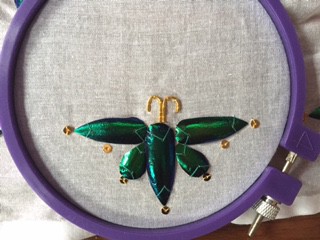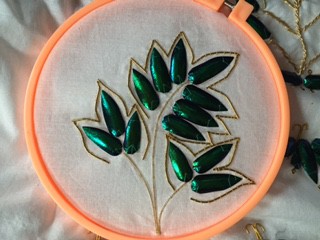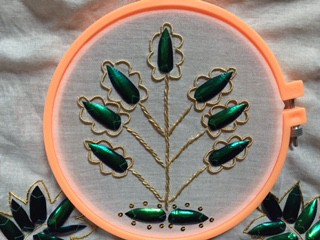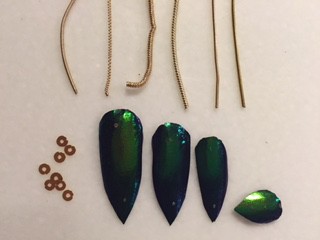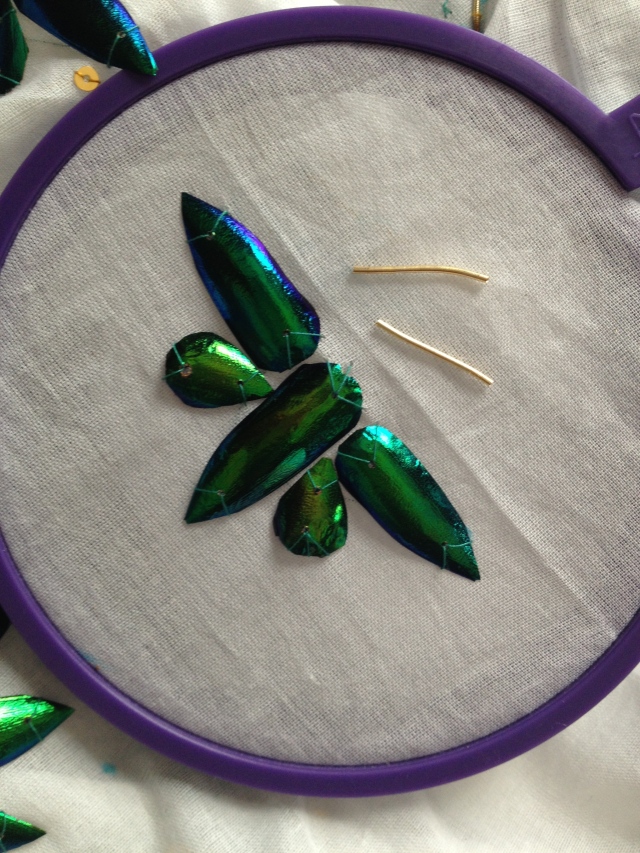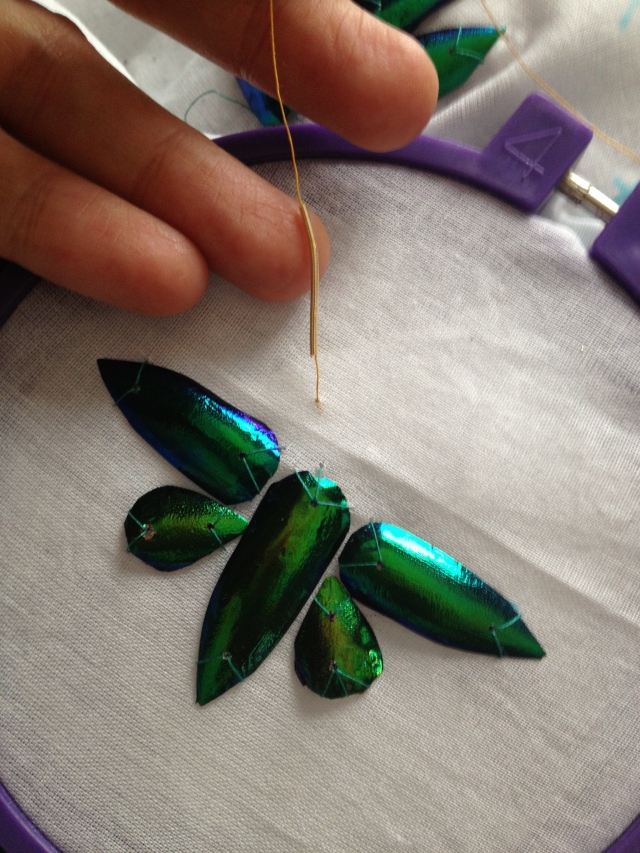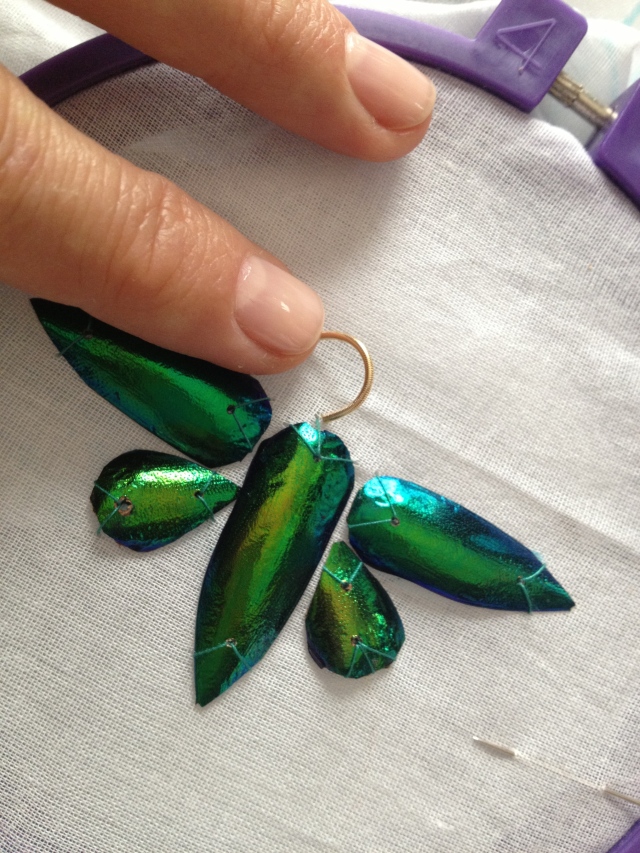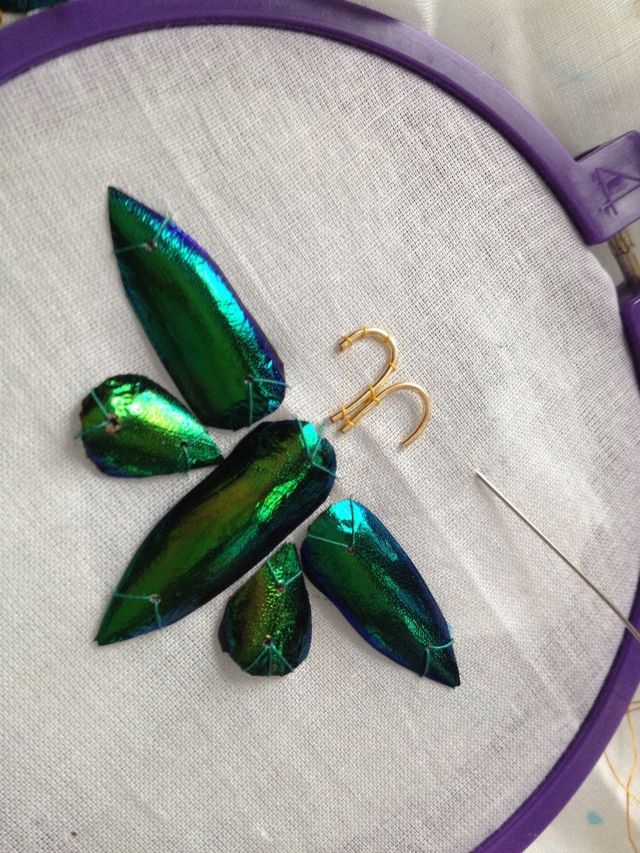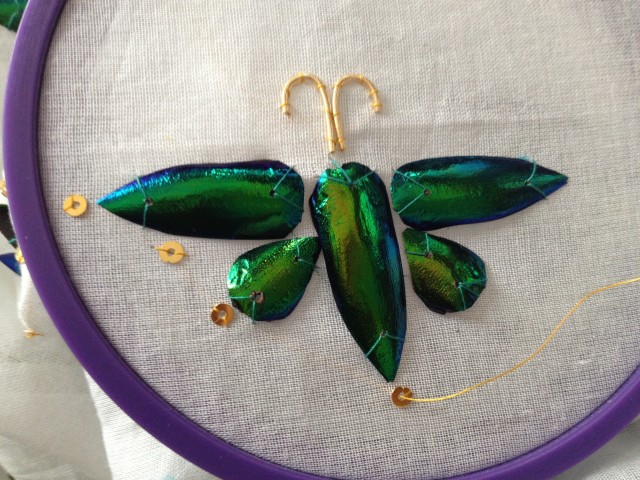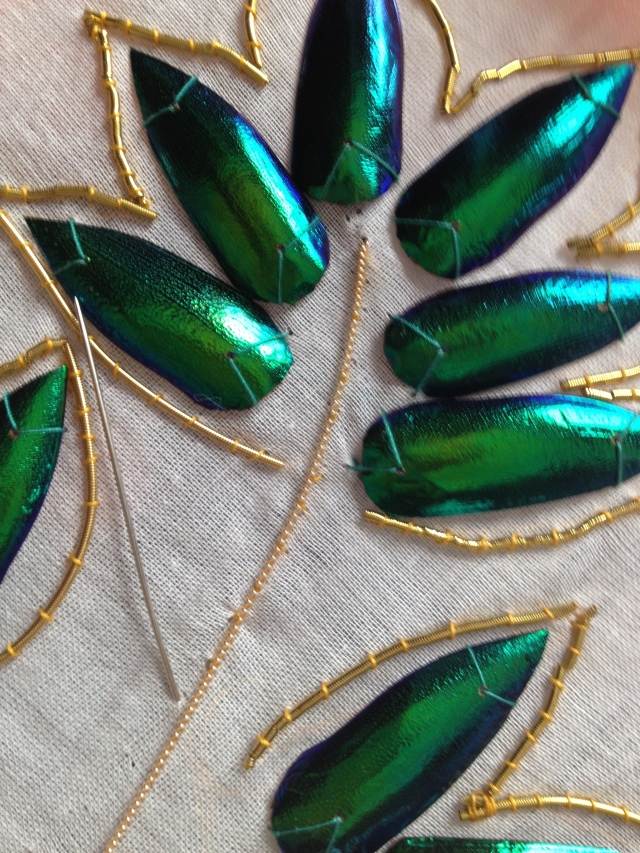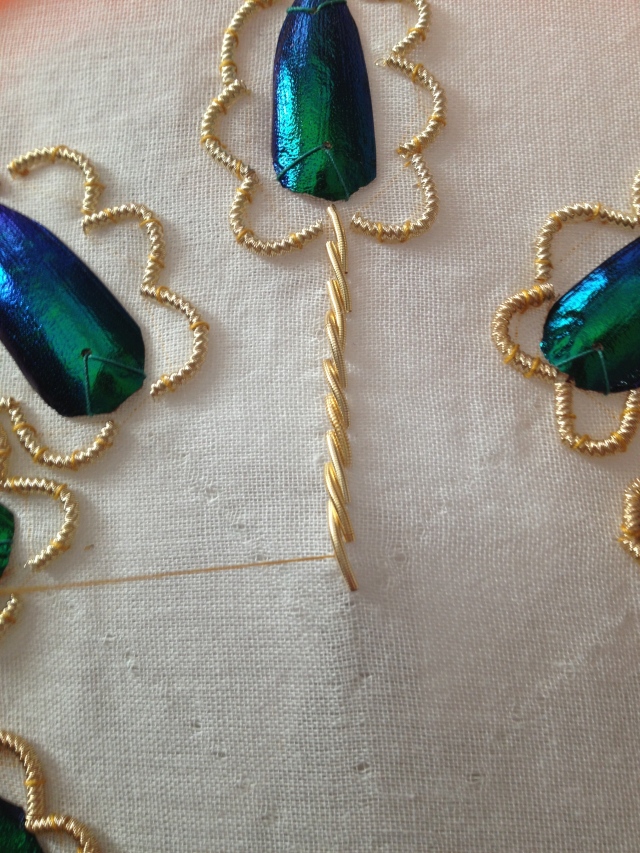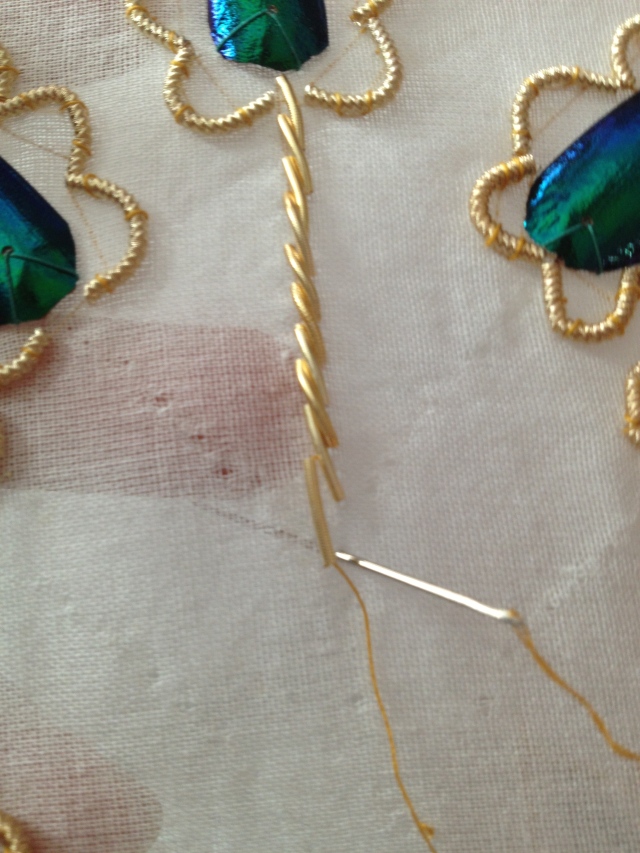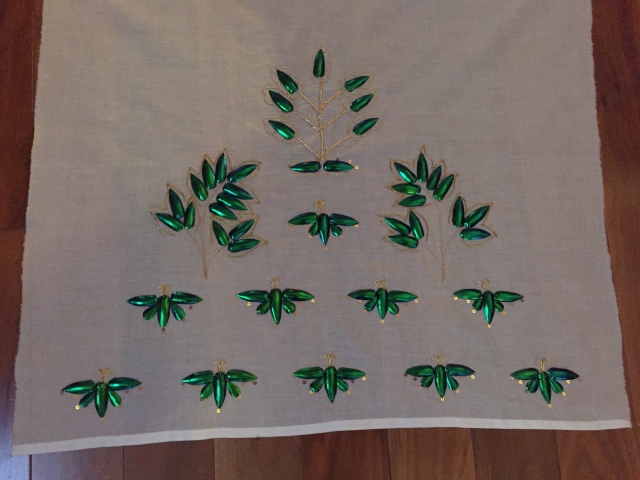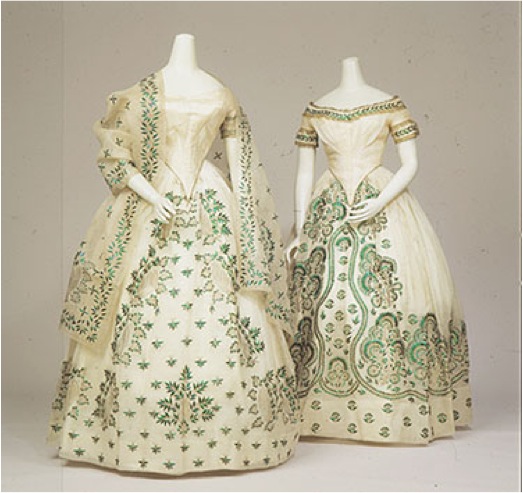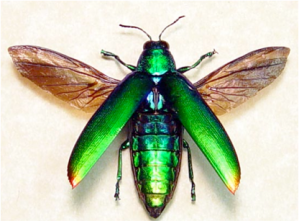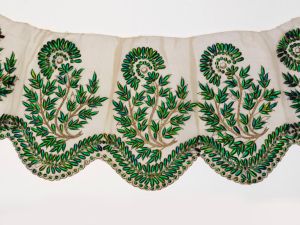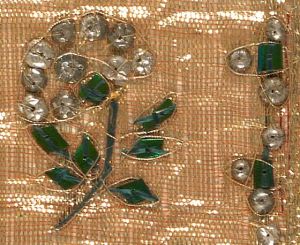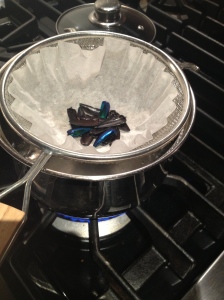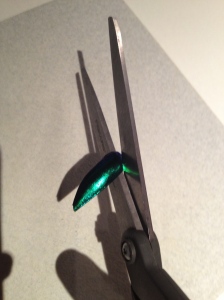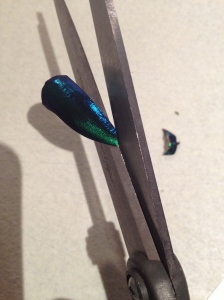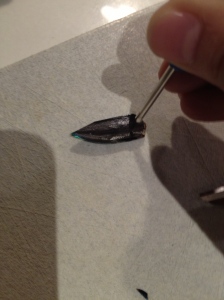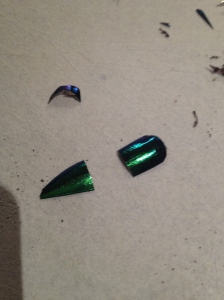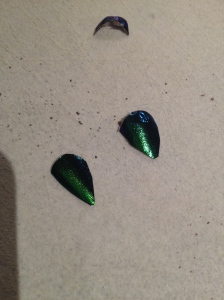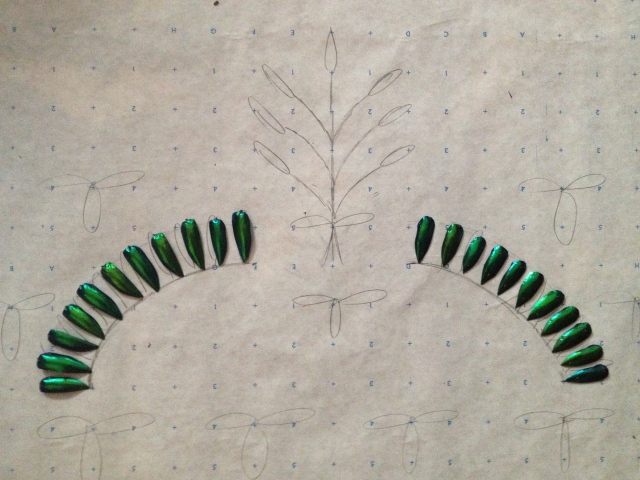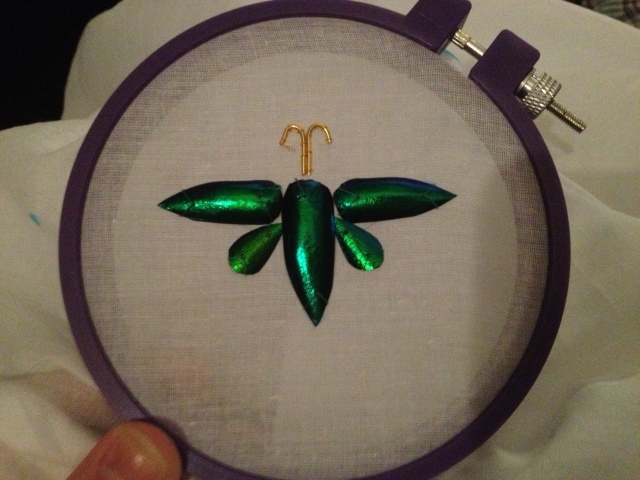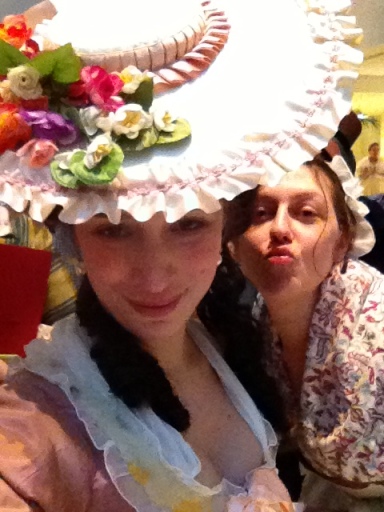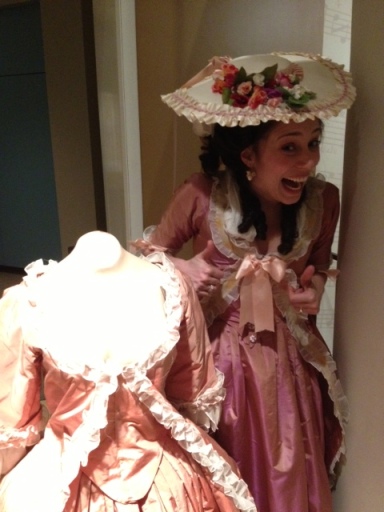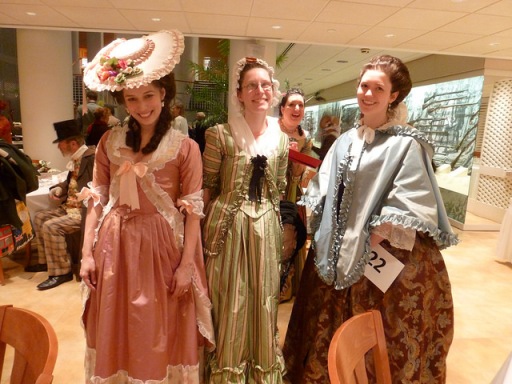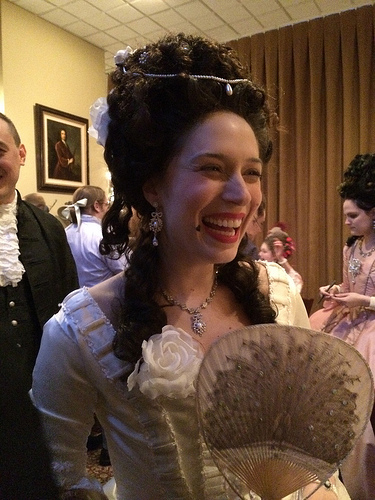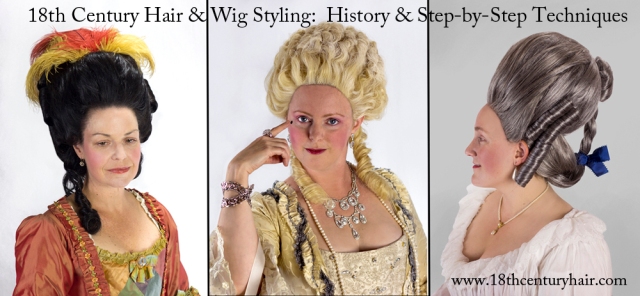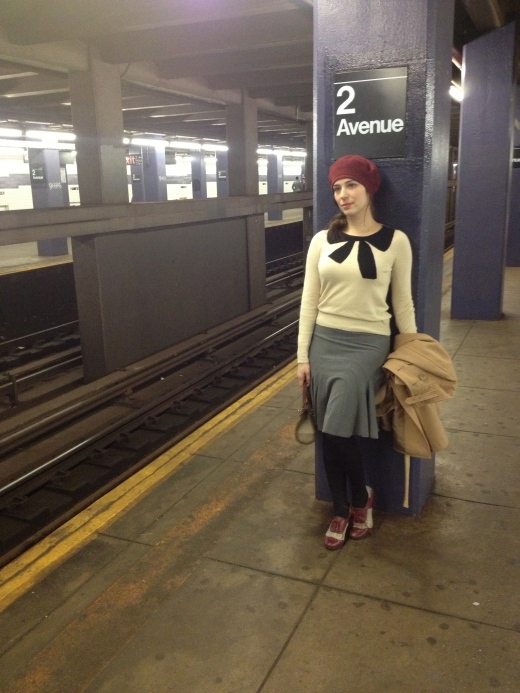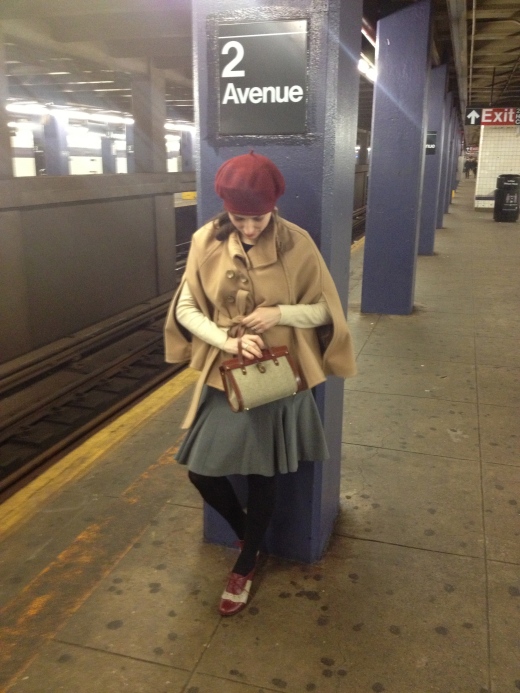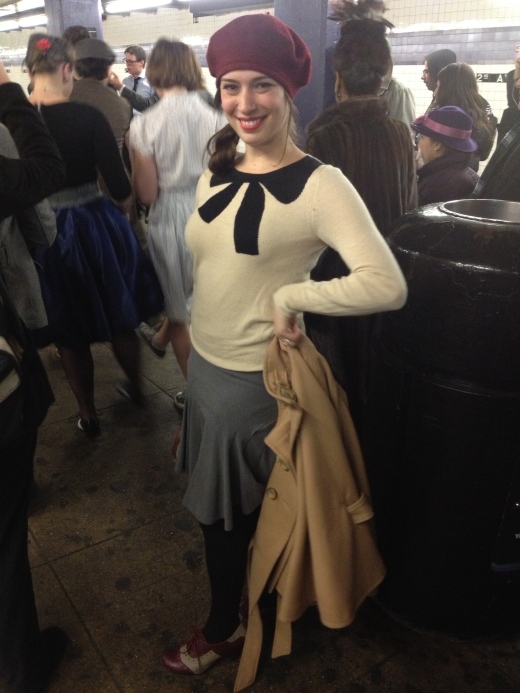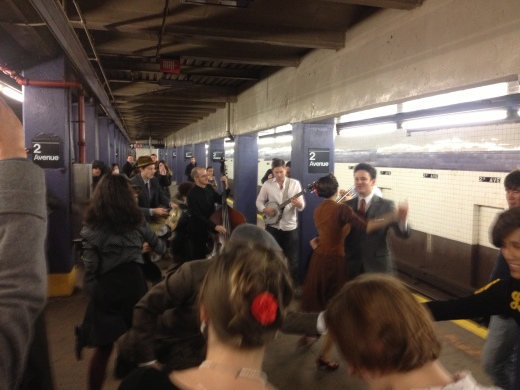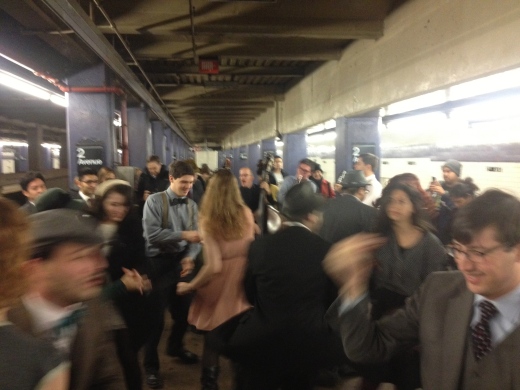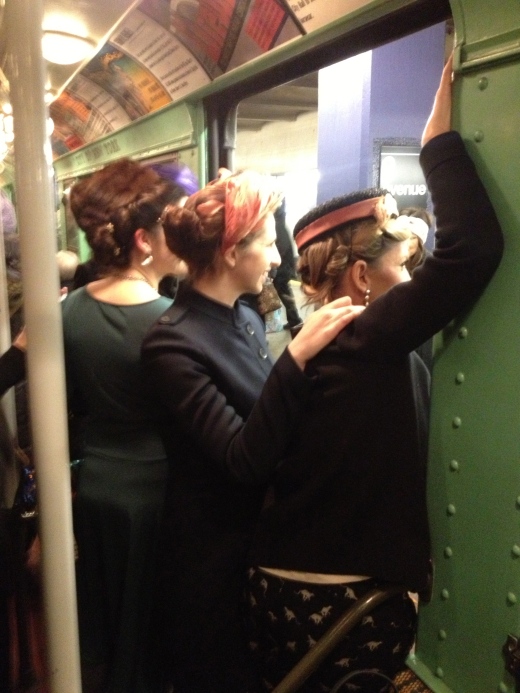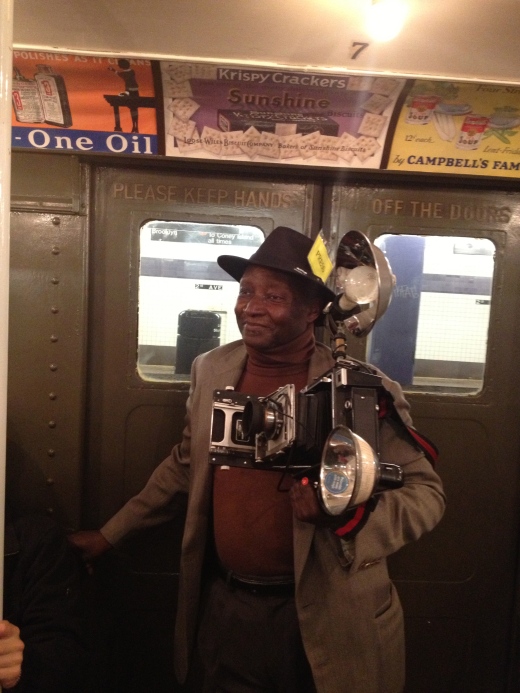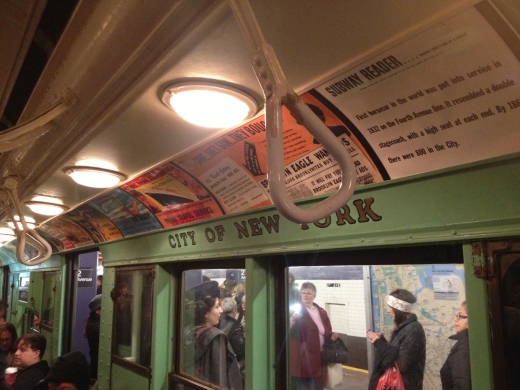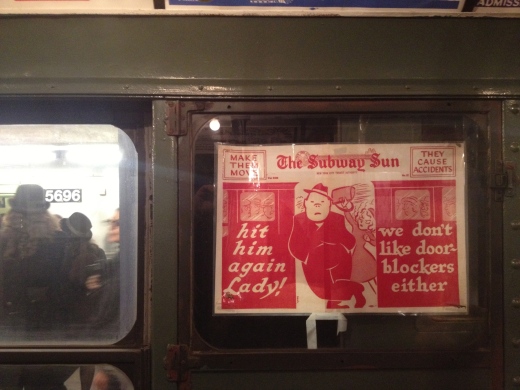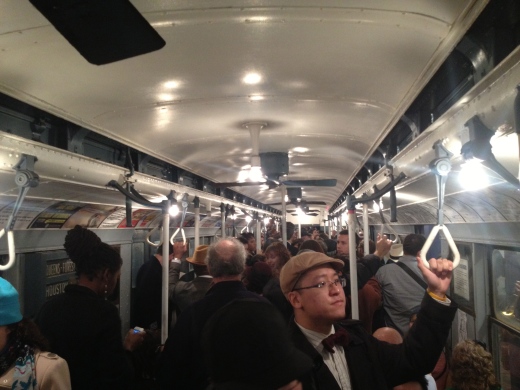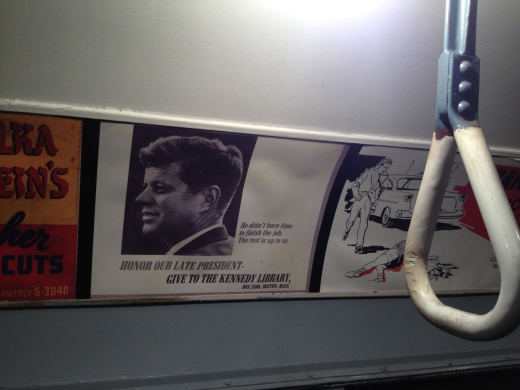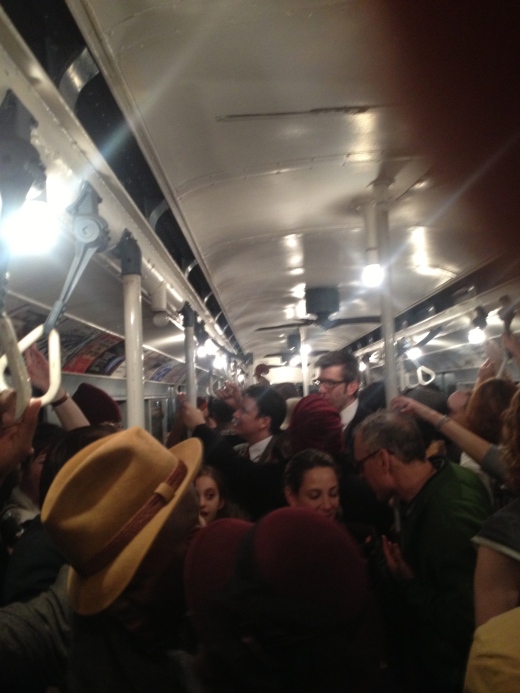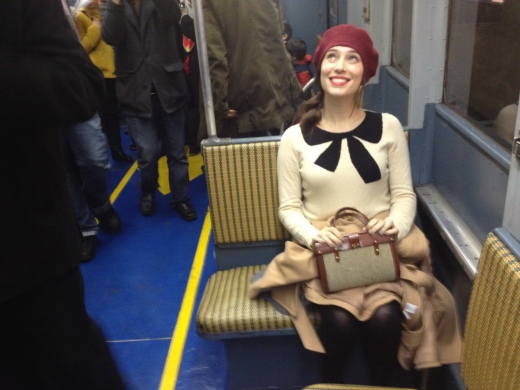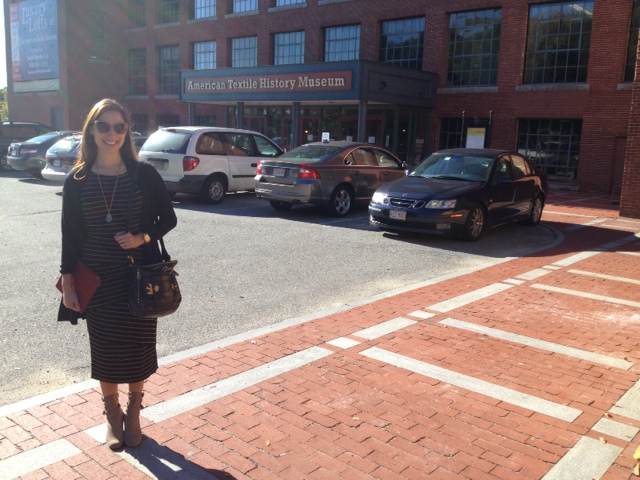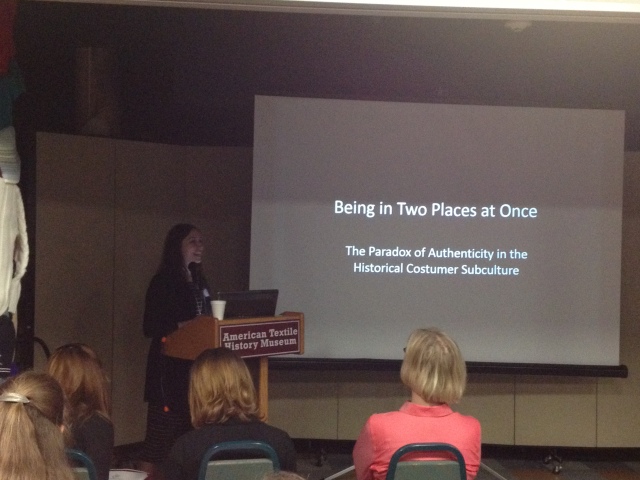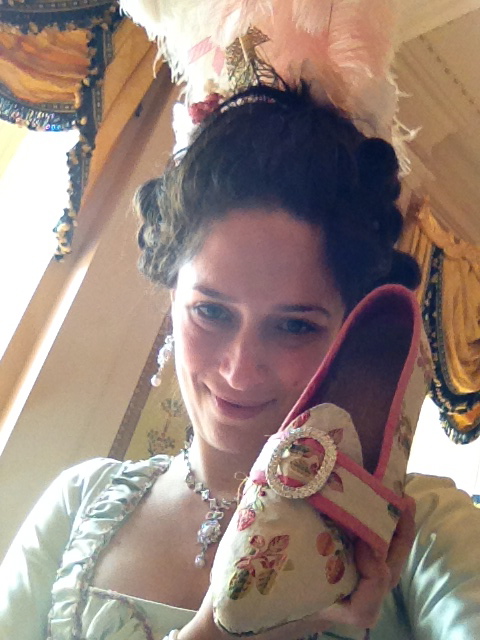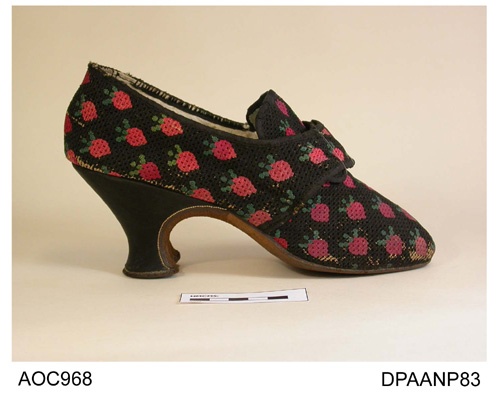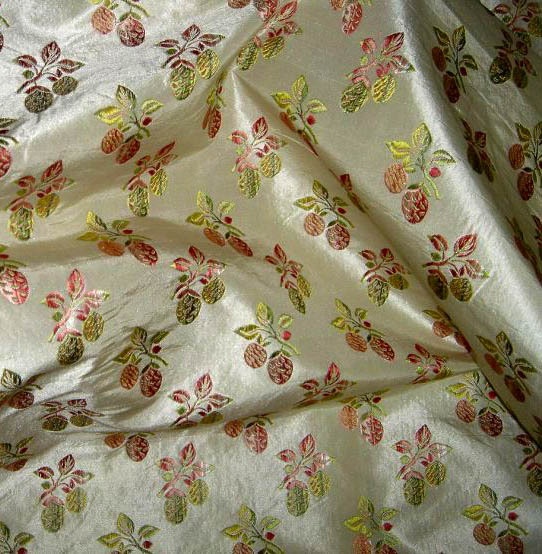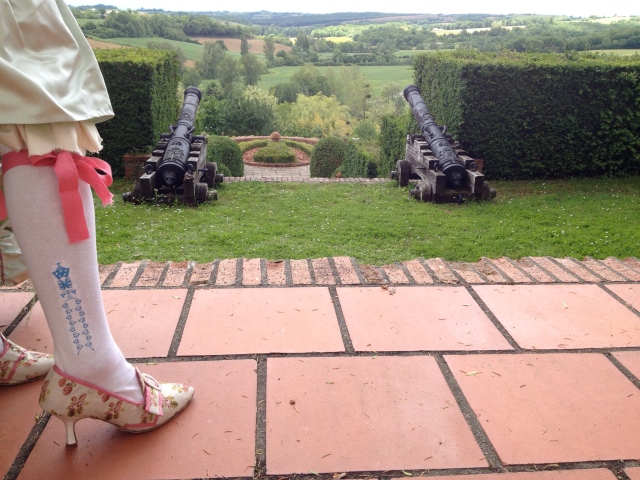It was a most delightful Halloween this year! The Metropolitan Museum of Art hosted an event called “Death Becomes You” to coincide with its Death Becomes Her: A Decade of Mourning Attire exhibition. They invited historical costumers to come dressed in mourning attire and participate in a variety of events. This was truly a special event–so often have we as historical costumers used the Met’s online database for research and inspiration, it felt wonderful to give back in a way! It is also so rewarding to know that the Met is aware of the work we do and chose to include us in this program. I am so happy that I was able to fit in some sewing time in the weeks leading up to this so I could participate in the event.
I didn’t have any mourning attire in my costumer’s closet, so I decided to make a bustle dress, since it was an era I hadn’t yet worn. But mostly, I wanted drama, and 1875 would give me a big poufy bustle, a train, and a veil! I had some generous yardage of black silk taffeta in my stash, so I just used that up. Too shiny and lustrous for true, deep mourning, but fine enough for general mourning.
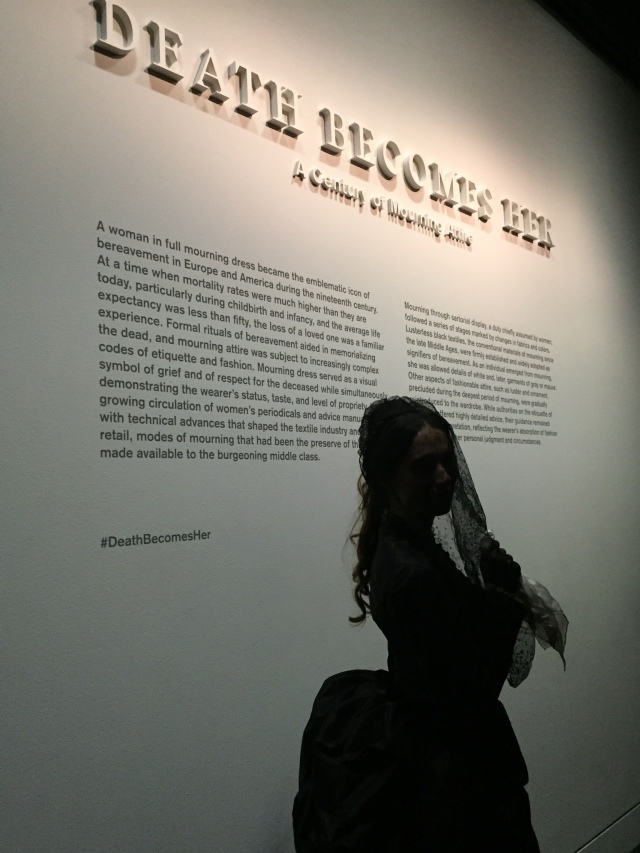 CBS Sunday Morning was doing a program on the exhibition, so the evening started with a fun interview session with Martha Teichner. Following that, we went down to the exhibition, with CBS filming us along the way.
CBS Sunday Morning was doing a program on the exhibition, so the evening started with a fun interview session with Martha Teichner. Following that, we went down to the exhibition, with CBS filming us along the way.
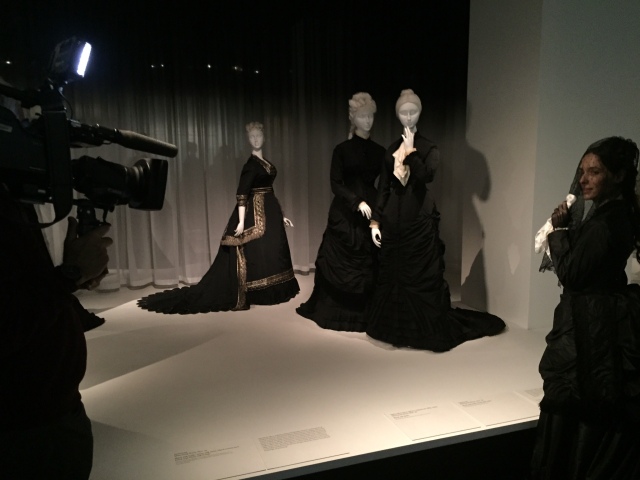 And Bill Cunningham (!!!) was there, too, and took lots and lots of photos of all of us!
And Bill Cunningham (!!!) was there, too, and took lots and lots of photos of all of us!
When we were finished viewing the exhibition my husband and I took the rare opportunity for a photo session in a near-empty museum.
But the fun didn’t stop there! The producer of the CBS segment called me and asked if I would be willing to come to CBS studios on Sunday morning and dress the set of the show with my costume. So the Halloween adventure continued!
Early on Sunday morning, CBS sent a car to pick me up.
So this was a reproduction costume on a standard sewing form…compared to dressing honest-to-goodness historical pieces on expensive museum mannequins, it was a piece of cake! But I was thrilled to be able to apply what I’ve learned about museum mannequin dressing to this project. Unfortunately, the studio shots were not included in the CBS distributed segment clips, so I can’t share that video here. But you can watch the segment (including a snippet of the costumers’ interviews) here: http://www.cbsnews.com/common/video/cbsnews_video.swf
And the fun didn’t stop there! Bill Cunningham included photographs of the Met’s mourning revelers in his next collage, and I made the cut (#29)!

It was a fabulous Halloween!

